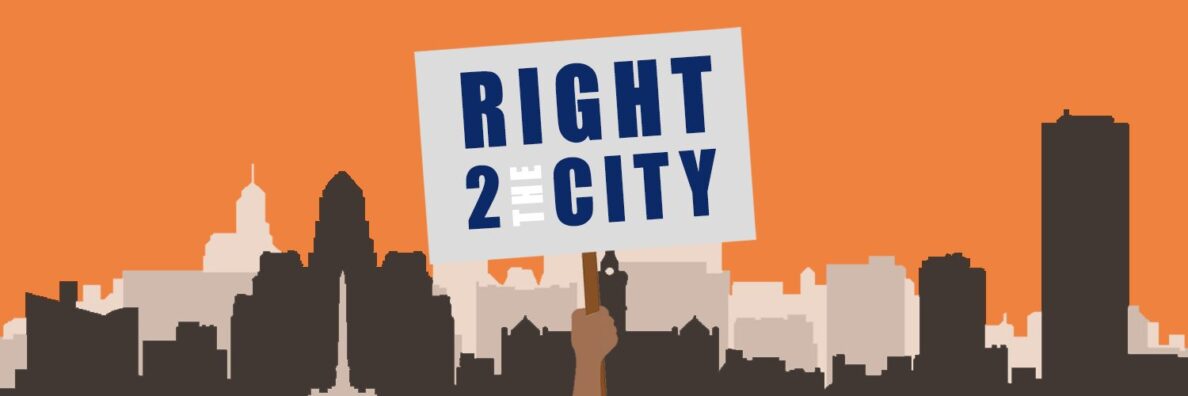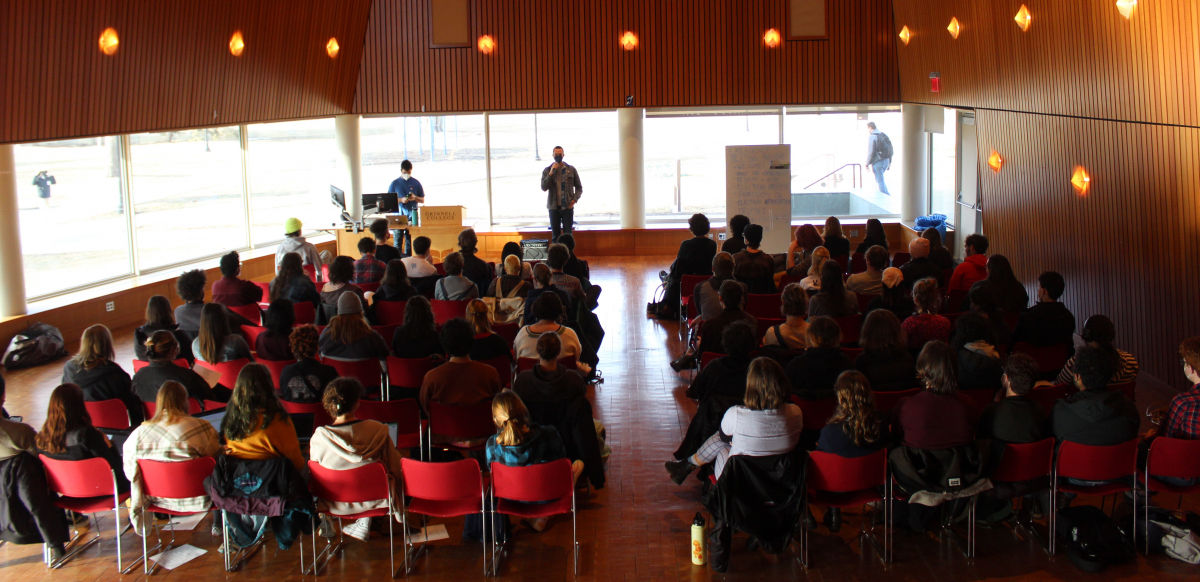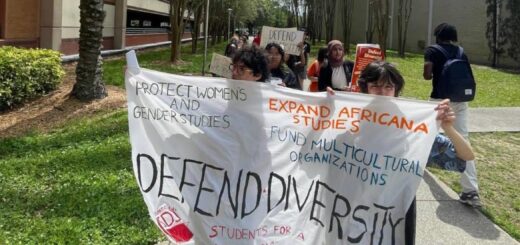Community as Classroom: Reflection on the Future City Competition
That’s the question that we took on at this year’s Future City Competition with our team of middle school students at P.S. 37, Marva J. Daniels Futures Academy. Traditionally, the Future City Competition challenges middle school students to design a city 100 years in the future, using the engineering design process and STEM education to address an annual sustainability issue. At the Center for Urban Studies, our team takes the Future City format a step further, helping them create cognizant connections to the community health structures, city infrastructure, and sociopolitical systems that create disparities in and around their neighborhoods. Coming from an urban planning background, rather than an engineering one, adapting our curriculum every year is a tall order—even more so when this year’s theme takes us entirely off-world. However, our goal for participating in the Future City Competition this year was to enable our students to answer the question: “Why should we care about building a city on the Moon?”
COVID-19 forced them to completely change the way they learn, work, and even sleep.

Surprisingly, the answer came from our students themselves. Futures Academy is located in the heart of the distressed Fruit Belt neighborhood, whose residents are constantly under threat of gentrification and displacement. Though not all Futures Academy students live in the Fruit Belt, many of them come from communities within the East Side facing similar threats. It’s the students within these neighborhoods that have been hit hardest by the pandemic. COVID-19 forced them to completely change the way they learn, work, and even sleep. Students faced numerous challenges and dealt with countless distractions just to spend their lunch break online with us.
The hostile environment of the lunar surface paralleled hostility that communities of color face everyday within the housing market, urban spatial segregation, and health disparities.
Our program not only seeks to imagine utopian cities of the future, but also use them as a way to provoke critical thinking and inspire meaningful change. The students are integral to this type of change as actors in the communities they live in and future leaders. The hostile environment of the lunar surface paralleled hostility that communities of color face everyday within the housing market, urban spatial segregation, and health disparities. Our imagined city, free from those constraints, allowed students to ask questions and explore topics ranging from “Do we need prisons on the Moon?” to “What happens if aliens invade?” Our students, liberated from the oppressive structures of American planning, designed a city with fair and equal housing for all, where education and healthy food are rights for all citizens, and where leaders are elected based on their expertise. We created a city that our students are excited about: a city where a young black girl from the East Side can imagine herself as a scientist, urban planner, engineer or even the founder of Luna Love.
While we didn’t come to the Future City Competition to win, our students’ intelligence, poise, and enthusiasm shone through during the question and answer sessions, earning Luna Love the Spirit Award and a spot as a Finalist

While we didn’t come to the Future City Competition to win, our students’ intelligence, poise, and enthusiasm shone through during the question and answer sessions, earning Luna Love the Spirit Award and a spot as a Finalist. Even more rewarding, if a bit relieving, was that the students felt truly comfortable during the question and answer session; as one student put it “I know it wasn’t supposed to be easy, but it was easy.” Preparing for the competition this year was anything but, and it speaks volumes to our students’ resilience that they managed to succeed, even in the midst of a pandemic. Our hope now is that the next steps are just as “easy:” that they are as poised to face the challenges of their real-life city as they are their imagined one. And I think that their teachers and judges can both agree that we would all love to live in a city of their design.
Author Profile
Latest entries
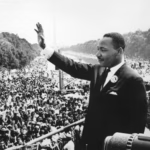 Henry Louis Taylor, Jr.01/20/2025Reflections on Martin Luther King, Jr.’s Dream
Henry Louis Taylor, Jr.01/20/2025Reflections on Martin Luther King, Jr.’s Dream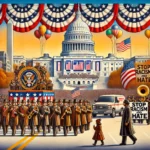 Henry Louis Taylor, Jr.01/09/2025The Trump Inaugural Parade is a Political Event
Henry Louis Taylor, Jr.01/09/2025The Trump Inaugural Parade is a Political Event Henry Louis Taylor, Jr.05/04/2024The Occupation of Hayes Hall: Student Rebellions and Remaking the U.S. UniversityThe Occupation of Hayes Hall
Henry Louis Taylor, Jr.05/04/2024The Occupation of Hayes Hall: Student Rebellions and Remaking the U.S. UniversityThe Occupation of Hayes Hall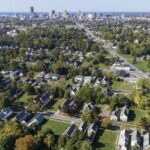 Henry Louis Taylor, Jr.03/21/2024Ryan’s infill housing strategy is the right plan for Buffalo
Henry Louis Taylor, Jr.03/21/2024Ryan’s infill housing strategy is the right plan for Buffalo
